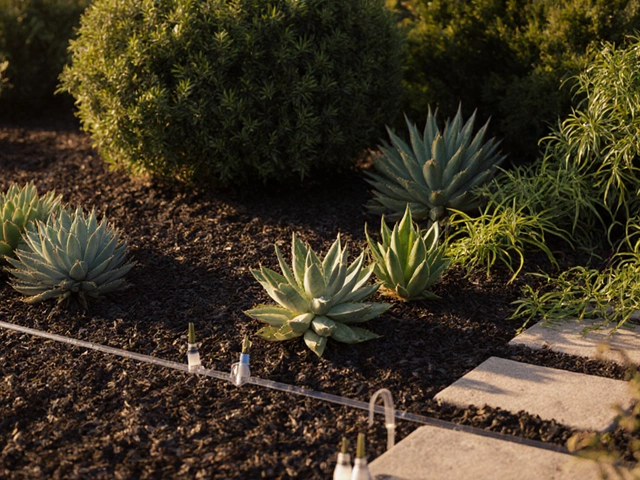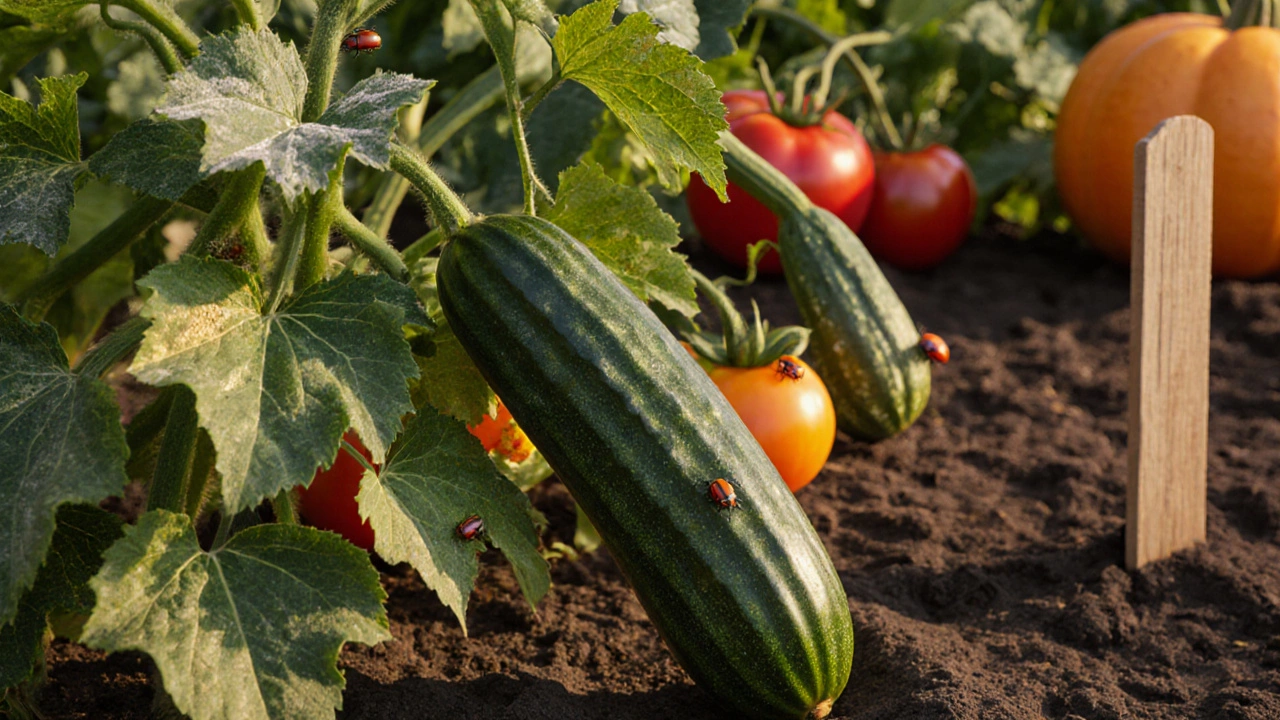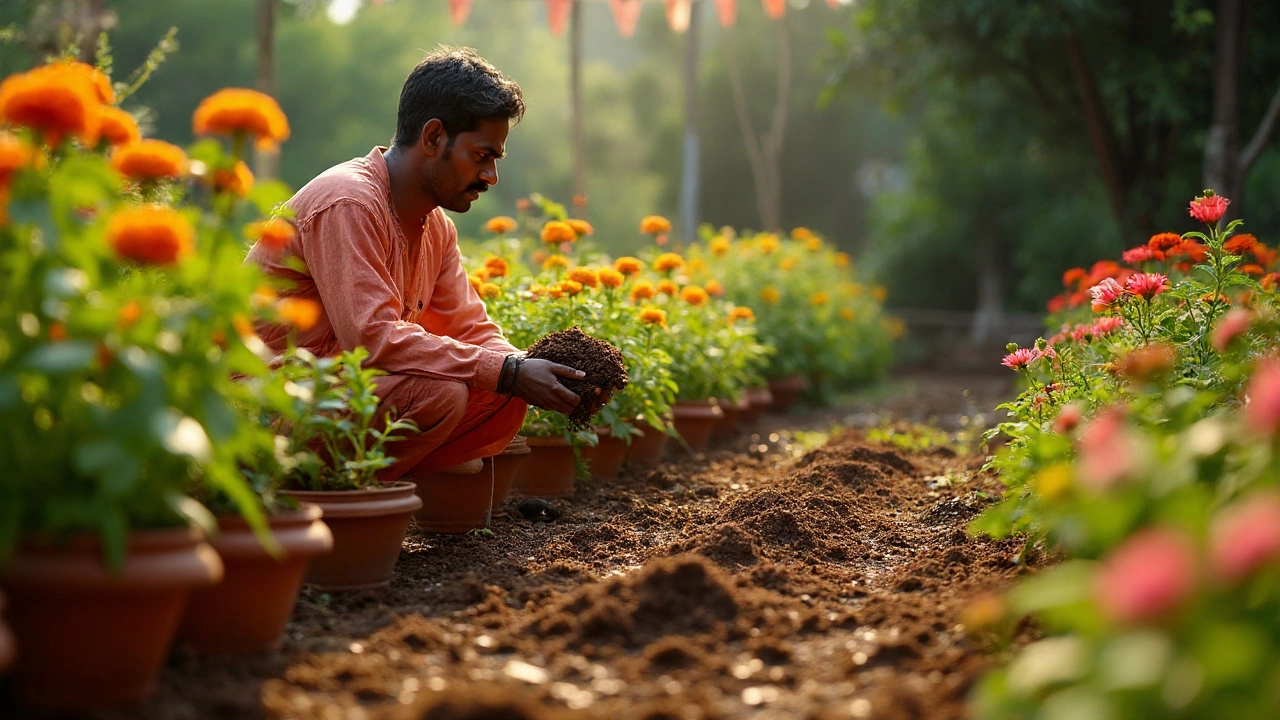Plants to Avoid in Indian Gardens
Starting a garden in India is exciting, but not every plant will help you grow a thriving space. Some species compete for nutrients, attract pests, or even turn toxic for pets and kids. Knowing which plants to skip saves you time, money, and heartbreak later on.
Why Some Plants Are Bad for Your Garden
Problematic plants usually share a few traits: they spread aggressively, they demand more water than the rest of your garden, or they release chemicals that stunt nearby growth. In hot Indian climates, a fast‑growing weed can choke out a slow‑growing vegetable in just weeks. Also, many ornamental plants hide thorns or toxins that can harm curious children.
Common Plants to Skip and Better Alternatives
1. Lantana (Lantana camara) – Lantana looks bright but spreads like wildfire, especially after monsoons. It also attracts butterflies that love it, which can turn into a pest magnet for nearby crops. Swap it for Marigold or Roses, which add color without overwhelming the soil.
2. Water Hyacinth (Eichhornia crassipes) – This floating plant blocks sunlight in ponds, kills fish, and is hard to remove. Instead, plant Water Lily varieties that stay in place and still give a lovely water‑surface look.
3. Parthenium (Parthenium hysterophorus) – Known as “Congress grass,” it spreads quickly, causes severe allergy reactions, and reduces crop yields. Managing it is a nightmare. A good replacement is Ganna (Sugarcane) in larger plots or simple ground cover grasses like Bermuda grass for small areas.
4. Invasive Bamboos (e.g., Dendrocalamus) – While bamboo can be ornamental, some species send out rhizomes that take over garden beds. If you love the look, choose clumping varieties such as Fargesia that stay contained.
5. Neem (Azadirachta indica) in Small Gardens – Neem is great for pest control, but its massive root system can dominate limited spaces and shade out nearby plants. In small plots, opt for Neem seeds in pots or use companion herbs like Coriander that are easier to manage.
Beyond these, watch out for any plant that shows rapid, uncontrolled growth or releases allelopathic chemicals (substances that inhibit neighbors). When you spot a suspect, pull it early before it sets seed.
Replacing a bad plant isn’t just about aesthetics; it helps keep soil health balanced. Choose native species wherever possible. Native plants are adapted to local temperature, rainfall, and soil, meaning they need less fertilizer and water.
Here’s a quick checklist before you add a new plant to your garden: Is it aggressive? Does it need more water than my zone provides? Could it be toxic to kids or pets? If you answer ‘yes’ to any, look for a safer alternative.
Finally, keep an eye on your garden after planting. Early detection of a spreading weed can prevent a full‑blown infestation. A small hand‑weeder or a quick cut back can save you weeks of work later.
By staying aware of plants to avoid, you’ll create a garden that’s easier to care for, healthier for your family, and more productive for your veggies and flowers. Happy planting!
Cucumber Companion Planting: Which Plants to Avoid
Learn which plants harm cucumber growth, why they cause problems, and how to choose better companions for a thriving cucumber harvest.
Plants That Hate Coffee Grounds: What Not to Feed Your Garden
Wondering which plants can’t handle coffee grounds? Get the facts before using this ‘miracle’ in your garden—many plants will thank you for leaving it out.
About
Vegetable Gardening, Soil Improvement
Latest Posts

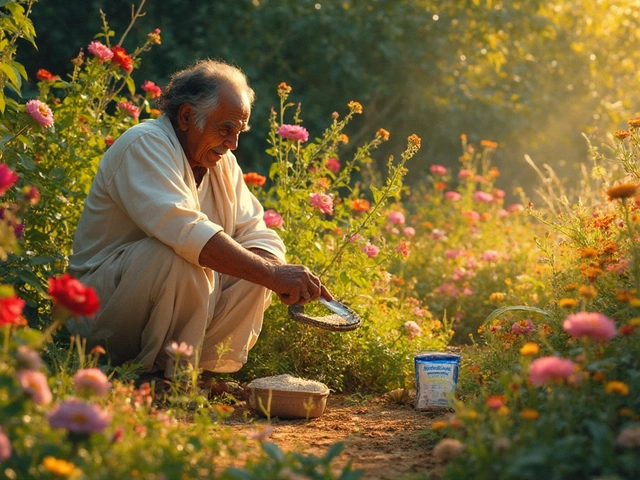
Epsom Salt Uses for Plants: Boost Your Green Thumb
By Alden Thorne Feb 7, 2025

Best Garden Tools: Who Makes the Highest Quality Hand Tools?
By Alden Thorne Jun 12, 2025
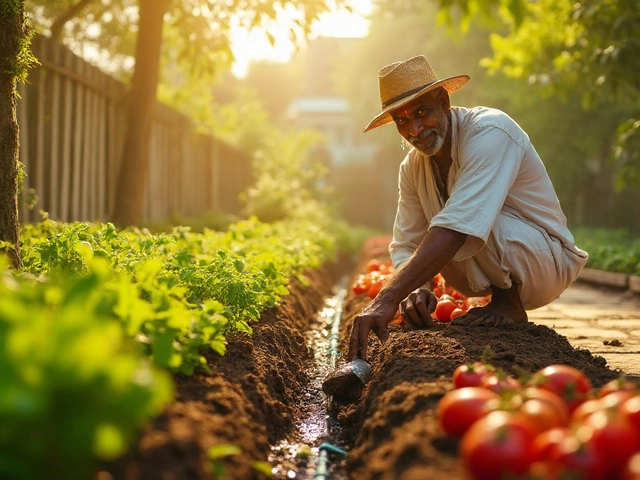
How Deep Should Drip Irrigation Lines Be Buried? Guide for Optimal Water Delivery
By Alden Thorne Sep 23, 2025
